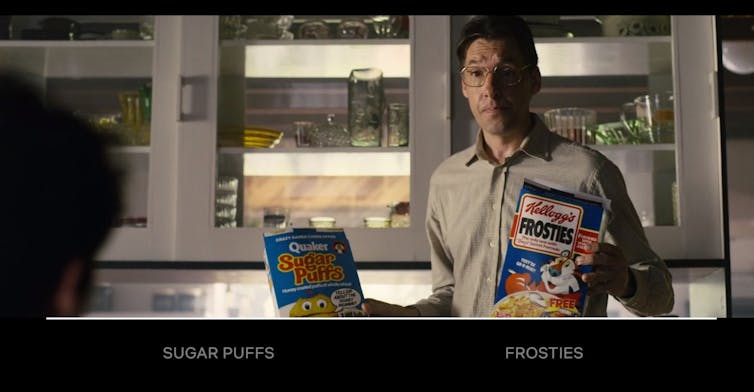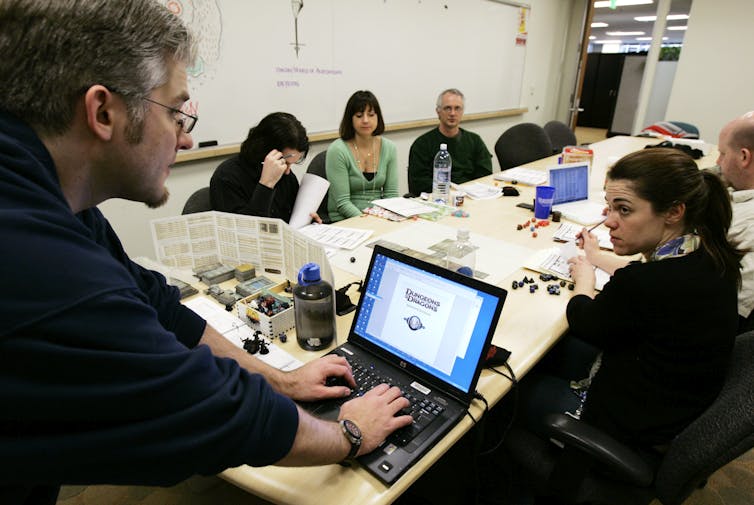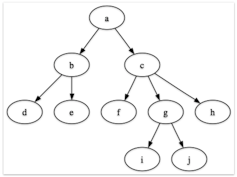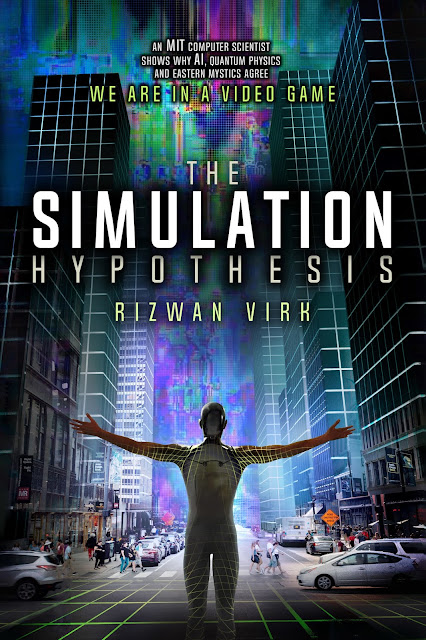 |
| MPs accused Theresa May of leading them towards a ‘blind Brexit’. (EPA-EFE) |
The House of Commons voted 344 to 286 against a government motion that would have indicated its support for May’s withdrawal agreement, settling the terms of the UK’s divorce. In two earlier votes, they had been asked to decide on the withdrawal agreement and the non-binding political declaration on the UK’s future relationship with the EU. May had hoped to chart a path forward by decoupling these two documents.
Despite having won over some prominent Brexit supporters in the days leading up to the vote, May failed to bring Democratic Unionist Party MPs and members from opposition parties on board, which ultimately led to her defeat. Notably, the Labour opposition objected to the prime minister’s decision to only present MPs with the withdrawal agreement and not the political declaration. Labour frontbenchers accused her of trying to lead the country into a “blind Brexit”.
Why a vote on the withdrawal deal alone?
Having been granted extra time to get the EU-UK Brexit deal passed, that MPs were voting only on the withdrawal agreement but not the political declaration seemed surprising.The motivation for separating these two documents is a simple one.
When the UK sought and got an extension to the Article 50 negotiations, the EU 27 made its offer of a longer extension until May 22 conditional on MPs backing the withdrawal agreement by March 29. In other words, if what was now contentious among MPs was the nature of the future relationship and not the Irish backstop, then the EU was open to a discussion about the text of the political declaration. But it wanted to know that the House of Commons could back the text of the withdrawal agreement itself. After all, Article 50 creates a formal procedure for the negotiation of a binding withdrawal agreement that takes into account a framework of a future relationship. Legally, from an EU standpoint, it is the withdrawal agreement that really matters.
The difficulty from the point of view of the UK is that legally, parliament must approve the texts of both the withdrawal agreement and the political declaration. This is laid down in section 13 of the European Union (Withdrawal) Act 2018, which has been the basis for the two so-called “meaningful votes” that have seen huge defeats for the government.
In separating the withdrawal agreement from the political declaration, it was not open to the government to present this as “meaningful vote three”. Much like the indicative motions debated by parliament earlier in the week, the intention was simply to signal that a withdrawal agreement could pass, triggering the longer extension.
Helpfully, putting forward a different proposition to that defeated in the earlier meaningful votes also allowed the government to satisfy speaker John Bercow’s test that prohibited the Executive from asking Parliament to vote again on the same proposition in the same session of parliament.
The government’s defeat, however, means that the UK has until April 12 to decide what it wants to do next. In the absence of an agreement to further extend the Article 50 process, and despite MPs voting against a “no-deal” Brexit, the UK will leave the EU on April 12 without an agreement settling citizens’ rights, its financial liabilities, the Irish border issue and without any transitional framework in place.
Now what?
The prime minister now has to consider her options. She could ask leaders of EU states to offer a much longer Article 50 extension, keeping the UK in the EU. In so doing the prime minister also has a fundamental choice to make. Should she follow through on her televised address following the second meaningful vote defeat and ask the electorate to instruct its MPs to back the Brext deal – a referendum between remaining in the EU or leaving on the basis of the negotiated deal – or should she accept that her government simply cannot command majority support in the Commons for the defining policy of her premiership and trigger the process for an early general election? Is there one last roll of the dice that would allow a new and different vision of the future to be enshrined in a political declaration that would get Labour support?A revised political declaration would open the way for a further section 13 approval vote that would also meet the Bercow test. But time is short and running out fast.
About Today's Contributor:
Kenneth Armstrong, Professor of European Law, University of Cambridge
This article is republished from The Conversation under a Creative Commons license.


































